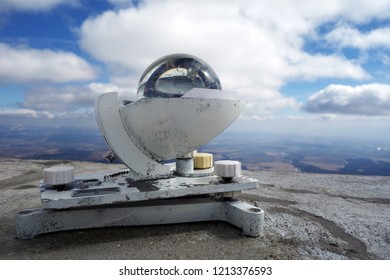

Now at Department of Physics and Astronomy, University of Turku, 20014 Turku, Finland

Institut für Experimentelle und Angewandte Physik, Christian-Albrechts-Universität zu Kiel, Kiel, Germany Goddard Planetary Heliophysics Institute, University of Maryland, Baltimore County, Baltimore, MD 21250, USA Lockheed Martin Advanced Technology Center, Palo Alto, CA 94304, USA George Mason University, Fairfax, VA, USA Heliophysics Science Division, NASA Goddard Space Flight Center, Greenbelt, MD, USA Universidad de Alcalá, Space Research Group, 28805 Alcalá de Henares, Spain Southwest Research Institute, San Antonio, TX 78238, USAĮ-mail: Physics Laboratory, Johns Hopkins University, Laurel, MD 20723, USA


Models of the global corona and heliosphere typically assume that the ambient solar-wind structure is steady and corotates with the Sun, which is generally expected to be more valid at solar minimum than solar maximum, but this has not been well tested. Quantifying the rate at which the large-scale solar-wind structure evolves is important for both understanding the physical processes occurring in the corona and for space-weather forecast improvement.


 0 kommentar(er)
0 kommentar(er)
